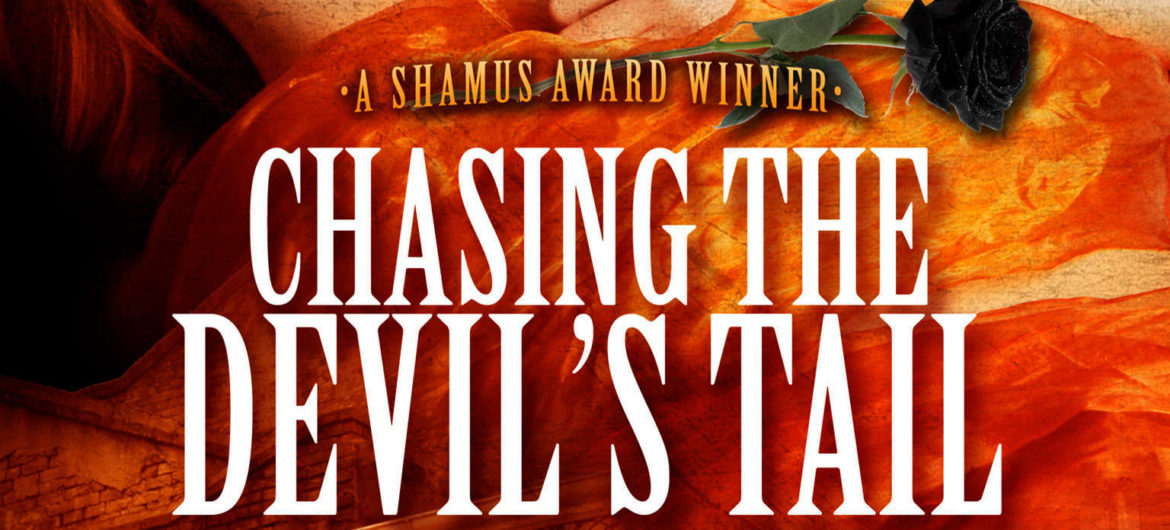Storyville, 1907: In this raucous, bloody, red-light district, where two thousand scarlet women ply their trade in grand mansions and filthy dime-a-trick cribs, where cocaine and opium are sold over the counter, and where rye whiskey flows like an amber river, there’s a killer loose. Someone is murdering Storyville prostitutes and marking each killing with a black rose.
 Since Storyville’s many bordellos have a racial hierarchy that mirrors that of the district, the murders of two black prostitutes in separate incidents raise little concern. Creole private detective Valentin St. Cyr is hired by political boss Tom Anderson, the King of Storyville, to investigate the killings. The only clue is a black rose left on the body of each victim. Valentin moves gingerly through Storyville’s colorful subcultures, “steeped in a gumbo of race, color, and class.” His helpers include Beansoup, a resourceful preadolescent street urchin, and Justine, a melancholy working girl who at length becomes his lover. As the death toll rises, police step up their investigation, and Valentin finds himself regularly butting heads with racist police lieutenant Picot. Secret lives abound (Valentin himself confesses that he was born Valentino Saracena in Sicily). Is Bolden’s increasingly erratic behavior the cause or the result of widespread suspicion?
Since Storyville’s many bordellos have a racial hierarchy that mirrors that of the district, the murders of two black prostitutes in separate incidents raise little concern. Creole private detective Valentin St. Cyr is hired by political boss Tom Anderson, the King of Storyville, to investigate the killings. The only clue is a black rose left on the body of each victim. Valentin moves gingerly through Storyville’s colorful subcultures, “steeped in a gumbo of race, color, and class.” His helpers include Beansoup, a resourceful preadolescent street urchin, and Justine, a melancholy working girl who at length becomes his lover. As the death toll rises, police step up their investigation, and Valentin finds himself regularly butting heads with racist police lieutenant Picot. Secret lives abound (Valentin himself confesses that he was born Valentino Saracena in Sicily). Is Bolden’s increasingly erratic behavior the cause or the result of widespread suspicion?
As St. Cyr begins to unravel the murder against this extraordinary backdrop, he encounters a cast of characters drawn from history: Tom Anderson, the political boss who runs Storyville like a private kingdom; Lulu White, the district’s most notorious madam; a young piano player who would come to be known as Jelly Roll Morton; and finally, Buddy Bolden, the man who all but invented jazz and is now losing his mind.
No ordinary mystery, Chasing the Devil’s Tail is a chilling portrait of musical genius and self-destruction, set at the very moment when jazz was born.





